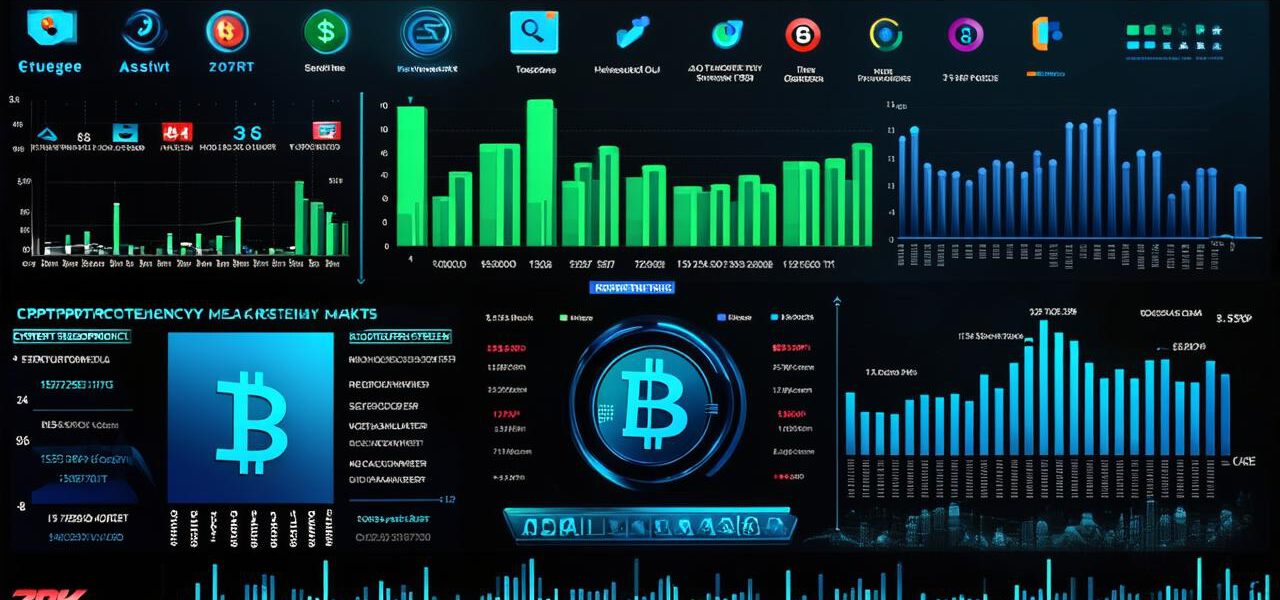
What are the trends in the current cryptocurrency markets?
Introduction
The cryptocurrency market has experienced significant growth and volatility over the past decade. As blockchain technology continues to evolve, cryptocurrencies have gained popularity as a decentralized and secure way of conducting transactions. This article will explore the trends in the current cryptocurrency markets, focusing on key aspects such as adoption rates, regulatory changes, and technological advancements.
Adoption Rates
One of the most significant trends in the cryptocurrency market is increasing adoption rates. In recent years, we have seen a surge in interest from mainstream companies and investors, with major corporations now accepting cryptocurrencies as a form of payment. For example, Microsoft, Overstock, and Expedia are among the companies that have embraced cryptocurrencies, allowing customers to pay for goods and services using digital currencies.
In addition to corporate adoption, we are also seeing increasing adoption rates among individuals. According to a survey by Statista, the number of cryptocurrency owners worldwide increased from 43 million in 2017 to over 100 million in 2021. This growth is largely driven by the increasing awareness and understanding of the benefits of blockchain technology and cryptocurrencies.
Regulatory Changes
Another trend in the cryptocurrency market is regulatory changes. Governments around the world are beginning to recognize the potential of blockchain technology and cryptocurrencies, and many are taking steps to regulate these markets. While some countries have embraced cryptocurrencies as a legitimate form of currency, others have taken a more cautious approach, imposing restrictions on their use and trading.
For example, China has implemented strict regulations on cryptocurrency exchanges, banning initial coin offerings (ICOs) and limiting the number of transactions that can be conducted daily. Meanwhile, the United States has taken a more measured approach, with regulatory bodies such as the Securities and Exchange Commission (SEC) taking steps to regulate cryptocurrency exchanges and classifying some digital currencies as securities.
Technological Advancements
Finally, technological advancements are another key trend in the cryptocurrency market. As blockchain technology continues to evolve, we are seeing new innovations that are transforming the way we think about cryptocurrencies and their potential uses.
One of the most exciting developments in this area is the emergence of decentralized finance (DeFi) applications, which use smart contracts to automate financial transactions and provide a range of services such as lending, borrowing, and trading. These applications are built on top of blockchain technology and offer many of the same benefits as traditional financial systems, but without the need for intermediaries or central authorities.
Another area where technological advancements are having a significant impact is in the development of stablecoins. Stablecoins are digital currencies that are pegged to a stable asset, such as the US dollar, to reduce price volatility. These coins are becoming increasingly popular among investors and traders, who value their stability and low volatility compared to other cryptocurrencies.
Summary
In conclusion, the cryptocurrency market is undergoing significant changes, with increasing adoption rates, regulatory changes, and technological advancements transforming the way we think about these digital currencies. While there are certainly challenges and risks associated with investing in cryptocurrencies, the potential benefits of blockchain technology and decentralized systems make them an exciting area to watch.
FAQs
1. What is a stablecoin?
A stablecoin is a digital currency that is pegged to a stable asset, such as the US dollar, to reduce price volatility.
2. How has adoption rates of cryptocurrencies increased?
Adoption rates have increased due to increasing awareness and understanding of the benefits of blockchain technology and cryptocurrencies, as well as the acceptance of digital currencies by mainstream companies and investors.
3. What are decentralized finance (DeFi) applications?
Decentralized finance (DeFi) applications are financial applications built on top of blockchain technology that use smart contracts to automate financial transactions and provide a range of services such as lending, borrowing, and trading.
4. How have regulatory changes impacted the cryptocurrency market?
Regulatory changes have had a significant impact on the cryptocurrency market, with some countries embracing digital currencies as a legitimate form of currency, while others have implemented restrictions on their use and trading.



